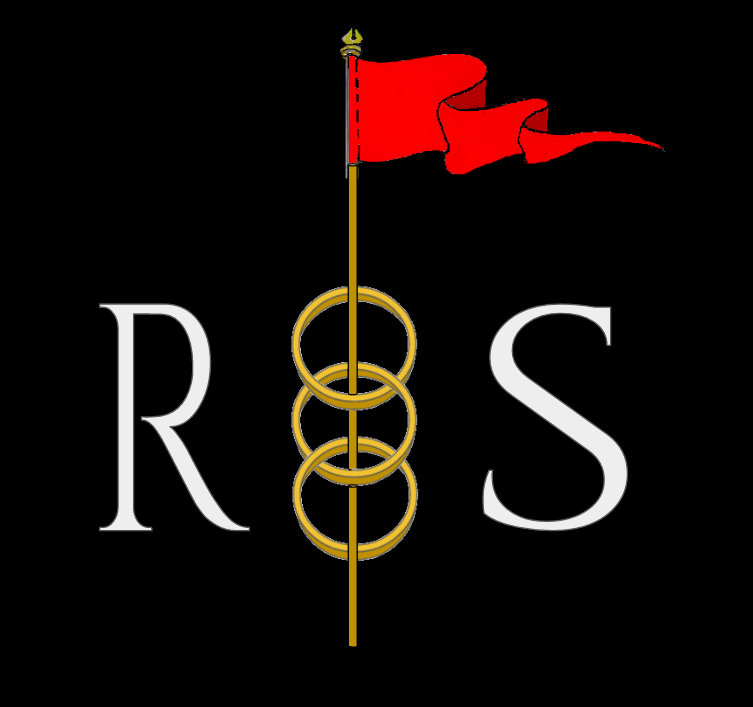The Worldbuilder’s Toolkit: Cultural Diversity


In fantasy and science fiction, cultural diversity enhances the richness and believability of fictional worlds. Just as in our own world, diverse cultures in these genres can offer unique perspectives, values, and traditions that shape societies and drive narratives. In this comprehensive guide, I’ll explore the importance of cultural diversity, the various aspects of culture, and practical tips for creating diverse and Interesting cultures in your world-building.
Why Cultural Diversity Matters in Fantasy and Science Fiction
Just as our world is rich in diverse cultures, so too should be the worlds we create. Diversity adds depth and realism to fictional settings, making them more immersive for readers.
Diverse cultures allow for diverse characters, each with their own backgrounds, beliefs, and values. This diversity adds complexity to characters and allows for more engaging storytelling.
Cultural differences can be a source of conflict and drama in a narrative, driving plot and character development.
Different cultures can offer unique perspectives on themes such as power, morality, and identity, enriching the thematic depth of a story.
Culture encompasses a wide range of elements that shape a society. These include:
Values – Core beliefs and principles that guide behavior.
Social Structure – The organization of society, including hierarchies and roles.
Traditions – Customs and practices passed down through generations.
Religion – Spiritual beliefs and practices.
Superstition – Beliefs in supernatural phenomena or luck.
Politics – Systems of governance and decision-making.
Clothing and Fashion – Styles of dress and adornment.
Food and Cuisine – Culinary traditions and preferences.
Societal Norms – Accepted behaviors and taboos.
It’s important to create cultures that are diverse and nuanced, avoiding the trap of monolithic cultures where every member looks and acts the same. Even within a single culture, there should be variations based on factors such as region, social class, and personal experiences.

Drawing Inspiration from Real World Cultures
Real-world human cultures and ethnicities can provide rich inspiration for creating diverse fictional cultures. It’s important to remember that people who share the same background or appearance can differ greatly from one another, and you should reflect this in your worldbuilding. This also opens opportunities for conflict between characters. Having characters from similar backgrounds who make very different decisions and have very different opinions can add some interesting drama to your story. Conversely, having two characters from unique backgrounds can do the same thing. What one culture considers a great honor, another could consider rude. It is also a good way to showcase what each culture values. One culture may value collective success, while another culture may focus on the achievements of the individual.

Magic and Technology’s Effect on Culture
Magic and technology can have a profound effect on cultures. Consider how societies integrate these elements into their culture and how they affect daily life, values, and traditions. For example, a society with advanced technology may have different social norms around privacy and communication than one without. In another example, a society that highly values magical skills could hold a negative opinion of a character who lacks innate magical ability.

The Writer’s Toolkit
Research – Take the time to research real-world cultures to inform your world-building.
Avoid Stereotypes – Strive to create cultures that are diverse and nuanced, avoiding simplistic stereotypes.
Internal Diversity – Create diversity within cultures, with different groups and individuals having their own unique traits and beliefs.
Consistency – Maintain consistency in cultural traits and behaviors throughout your narrative.
Conflict and Change – Consider how cultures change over time and how conflicts within and between cultures drive these changes.
Adaptation to Climates -How has the environment shaped the culture’s values, traditions, and way of life?
Historical Events – What past events have shaped the trajectory of the culture, and how are they remembered or commemorated?
Interactions with Other Cultures – How have interactions with neighboring cultures influenced the culture’s development and worldview?
Fictional Example: The Sunfire Nomads of the Scorched Wastes
In the unforgiving expanse of the Scorched Wastes, where the sun blazes mercilessly and the land is cracked and parched, dwells a nomadic culture known as the Sunfire Nomads. These hardy people have adapted to the harsh environment, crafting a unique culture that revolves around survival, resilience, and a deep connection to the land. The Sunfire Nomads place a high value on cooperation and community effort, believing that every member of the tribe is vital to the group’s survival. Personal ambition is discouraged.
The Sunfire Nomads have a loosely structured society, with leadership roles determined by merit and experience rather than heredity. Elders, known as Sunseers, hold positions of respect and authority, guiding the tribe with their wisdom and knowledge of the land.
Despite the isolation caused by the harshness of their environment, the Sunfire Nomads occasionally interact with traders from the kingdom of Kargonia to the South. The Kargonians live on the coast with their cities centered around rivers that flow into the ocean. The forests are lush and plentiful as is the farmland. Kargonian society values individual achievement and risk taking.
Discontent is growing among a faction of the Sunfire Nomads. Hailing from the northern tribe that lives in the harshest region of the Scorched Wastes, they are led by a young woman who has defied the elders. This faction has spoken with the Kargonians and heard tales of faraway lands that are flowing with water and thick with vegetation. One of these traders has offered to lead them to this paradise. However, when the faction approached the elders, they were harshly rebuked and forbidden to leave the desert. Yet the number of young people discontent with a harsh, isolated life is growing.

Creating cultural diversity in your fantasy and science fiction worlds is not just about adding variety; it’s about creating a more vibrant and realistic world that resonates with readers. By exploring the various aspects of culture, drawing inspiration from real-world cultures, and considering the impact of magic and technology, you can create cultures that are rich, nuanced, and compelling, adding depth and authenticity to your world-building. So, let your imagination soar as you create worlds as diverse and complex as our own. Happy worldbuilding!
I hope this was helpful. Let me know if you have questions or suggestions by using the Contact Me form on my website or by writing a comment. I post every Friday and would be grateful if you would share my content.
If you want my blog delivered straight to your inbox every month along with exclusive content and giveaways, please sign up for my email list here.
Let’s get writing!
Copyright © 2024 Rebecca Shedd. All rights reserved.
Thank you for this information and perspective, I completely agree! BTW, I was really drawn in to just that short story and wanted to know what happens next!
LikeLike